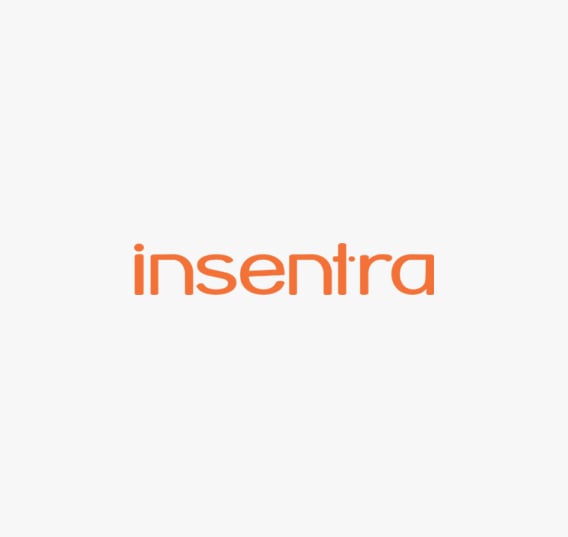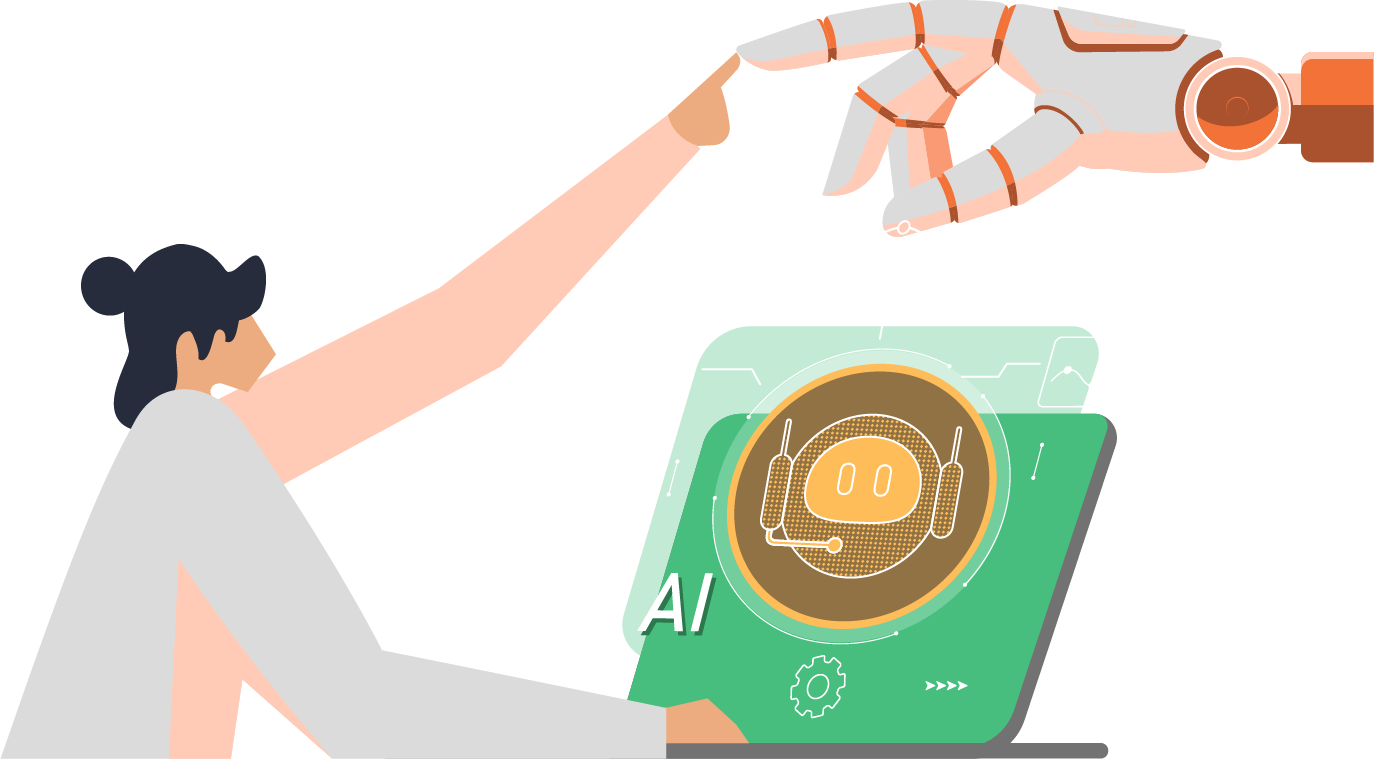In my recent blog, I spoke about the importance of change management planning your changes. Effective change management planning goes a long way to providing successful outcomes for your business. However, the proof is generally in the pudding so executing the change management plan is also just as critical to achieving success.
In this blog, I will be looking at best practices for change execution, including the course corrections you may need to take from the original plan to ensure a change is delivered to meet the desired objectives.
Understand your Culture
Aligning your change to the organization’s culture is vital for ensuring the crew can adapt to the new behaviors expected from them as a result of a business change. You need to solidify your understanding of the current culture and confirm your knowledge of the existing processes that are about to change.
Business transformations require a different way of working which introduces many new behaviors and processes. Work with your key stakeholders to communicate the changes to the business, using simple terminology that is already familiar to them, to ensure everyone is clear about what is expected of them once the change is implemented. Your change leaders, change agents and human resources will help you drive new culture and behaviors through clear actions and communications to help the business on the journey through this change. Demonstrate any culture changes via a visual experience for the crew as it will more likely resonate with them and assist with their understanding of the new way of working.
Once any new culture has been embedded into the business, old cultural references and behaviors need to be eradicated from existing frameworks and policies. If you want your change to be fully embedded into the business, don’t allow the past to sneak into the new ways.
Creating permanence for your change means the business needs to fully immerse themselves with the new behaviors. A good way of embedding these new behaviors into the culture is to include them in KPIs, continuous improvement plans, training programs and recruitment processes.
Changing business habits and mindsets can be challenging. However, it is the role of the change managers to fully define the changes to behaviors required by the business so they can easily embed these into the new ways of working more effectively.
Change Impact
Executing change is about bringing the planning (theory) into being (practice). Part of the planning stage was to assess the differences between the ‘now’ and the future state and classify the impacts into categories. Key categories that I recommend adopting are:
- Process: changes to the way we manage the day to day tasks
- Technology: the new systems that will be implemented to support the changes
- Behaviour: changes to the mindset to support the desired outcomes
- Capabilities: the training requirements for the crew to allow them to perform new tasks
- Organisational: changes to roles or team structure
During execution, you will need to involve your project teams, the end-users of the changing environment and the leaders of the business. They will help you validate the impacts that you have identified.
Validation
Validating the change impacts should be done collaboratively, but broken down into the different groups involved in the change. Seek out the feedback from the project team first and get their input into the change impact document. Collectively, this team has a wealth of experience and can assist with this documentation so that it can be made ready for distribution to the wider audience. Once you have your initial feedback from the project team, schedule workshops with the impacted teams to ensure they have a full understanding of what is changing and how it impacts themselves and their department. These workshops will also provide the wider team with the opportunity to raise any other impacts that may not have been thought of during the planning stage.
Summarise the feedback from the project and business teams and share the impact assessment with your executives and leaders; bring them on board with the change.
Once the impact assessment document has been updated, it now becomes your baseline for change impact during the execution stage. As new impacts are realised during execution, follow the same process and then re-baseline the impact assessment.
How do I get commitment from the stakeholders?
Obtaining change commitment from the business is essential for a successful change and begins with awareness, progresses to understanding, adoption and finally the commitment.
Using your Stakeholder Analysis document that I referenced in the previous blog on Change Management Planning, track any concerns the stakeholders may have and request regular feedback from them. This can be in the form of employee surveys, stakeholder workshops or just plain old fashioned direct requests for feedback via email.
Change is a process that can take some employees longer to gain their commitment than others. Keep them engaged regularly, seek their feedback and praise them for their input.
Engaging your stakeholders with effective communications and placing a high value on their feedback will go a long way to securing a commitment from the business that will lay the foundations for a successful change.
TIP | Build provisions into your change to enable the business to properly road test the change via controlled User Acceptance Testing or Pilot. This encourages change adoption and raises the level of commitment to the change. |
Managing Resistance
Not too many changes are executed without some level of resistance from some in the business. Everybody is different. Some embrace change wholeheartedly with an eye on the end state and the benefits the change will bring, whilst others see change as a major disruption to their day-to-day life and can’t see what life will be like at the finish line.
Resistance can manifest via many forms, often detectable by the following traits and behaviours:
- Sense of loss: people see a change as reducing their level of power and worth in the organization and feel their job won’t be as secure as it once was
- Misunderstanding: not knowing what is expected of stakeholders
- Cannot see the positive outcomes for the change: some people can be so entrenched in how they currently work that trying to change something they think is not broken will likely fail
- Skills gap: the stakeholders won’t be able to develop the new skills and behaviors to make the change effective
How do we deal with resistance to change?
Well, firstly you need to embrace the resistance from others. As they say, any feedback is good feedback. In addition to challenging your thinking it provides you with the opportunity to challenge their thinking as well providing you with insight as to what action you need to take. Communication plays a key role in any business change. Your messaging to the detractors should be tailored to not only ensure they feel their concerns are being heard, but to also show how they will gain from the change. Put a spotlight on the benefits the change will provide them. Often what you perceive as resistance from others is just a request for more information so they can fully understand what is going to happen and how it changes the status quo.
Actively listen to your stakeholders’ concerns. The knowledge you will gain by encouraging them to engage and provide honest feedback will give you valuable insight into how you need to craft your messaging. Engage the naysayers and invite them to be on the change agent team. It may provide a different perspective on the design and testing elements of your change that you had not thought of during the planning stage.
The more familiar you become with those who have not fully embraced the change and the better the understanding you have of their concerns, the more likely you are to have more open communications with them which just may be the tipping point for their acceptance of the change.
Review and Update
As the change implementation progresses through the various stages, you need to review how it is tracking against the change plan. New impacts may have surfaced through stakeholder meetings that may require you to update the Change Impact Analysis. Additional amendments to procedures and processes, culture, behavior and support requirements need to be captured and course correction applied to the plan to ensure alignment to the change objectives. Adapting your change so it is in alignment with the objectives will result in a successful implementation.
Any of your course corrections must be communicated effectively to the change stakeholders. Changes to scope, requirements and timelines are par for the course when it comes to organisational change and the change plan should be flexible enough to cater for these changing circumstances. Communicating these changes to your business and the reasoning behind them ensures the employees are made to feel included throughout the change journey.
Keep the momentum going
Maintaining stakeholder enthusiasm requires your change leaders to take charge and demonstrate their ongoing passion to propel the momentum of the change. These leaders are the face of the change who act as role models by embracing the new ways of working the change will bring. Leading by example will have a positive flow-down effect through the business.
Your change team must ensure that stakeholders have a shared understanding of the goals that will be achieved as a business by implementing the change. Organisational change needs the effort of the entire business to achieve a successful outcome so having the goals at the forefront of the employees’ thinking will provide them with the excitement levels to keep striving to reach the end.
As the change implementation progresses, evaluate the roles and responsibilities of the team and confirm each stakeholder fully understands what they are accountable for so there is no ambiguity. It is important that the change team feel valued and their contribution is acknowledged. Acknowledging achievement is a great way to build your team’s’ drive towards the end goal. Incentives are a good way to encourage the right behaviors and keep the enthusiasm levels up. For longer change implementations, break down the work into stages and celebrate success at the completion of each. Team members should be rewarded for their efforts so work with your business leaders to establish an incentive.
The mantra of ‘One Team, One Dream’ is something we are passionate about at Insentra and is truly embedded into our fabric of our culture. We are about ‘all hands on deck’ to get the job done. Every business is filled with employees from different backgrounds with different experiences. With that comes a vast wealth of knowledge; knowledge that can assist with organisational change. Taking the opportunity to bring in key experienced individuals from your organization, who may or may not be directly involved in the change implementation, can help the change team significantly to adopt more innovative ways to deliver the change and improve performance. If your business has this pool of valuable assets at your disposal, why not tap into it? After all, the success of the change is achieved as a team delivering an objective for the business.
Change Fatigue
Change fatigue is something your business needs to be aware of as it does have a negative impact on the energy levels required to effect a successful change. Excessive workload, conflicting priorities and the number of new changes to be introduced are major contributors to change fatigue, however, there are several things we can do to ease the transition of the change:
- Develop a resource plan needed to support your change implementation. Clearly define the type of personnel required for the change and the estimated hours for each resource. This effectively is your Work Breakdown Structure (WBS) that allows you to create the budget and timeline for the change. Without a clear resource plan, you will be scrambling to obtain the right resources when you need them
- Manage workload priorities. To assist your team who are delivering the change, get a full understanding of their other work commitments and priorities and develop your plan accordingly. The priorities of the team need to be fully agreed to so you can set a realistic schedule to work to. This will then allow you to also set the correct expectations with your senior stakeholders on the timeline to complete the change
- Understand the roles, skills, and experience the team will need to successfully complete the change. The right competencies will help deliver the change successfully. When compromising on skills to deliver the change, don’t expect a successful outcome. You will be left with no other choice except to bring in other resources to deliver the change when they have availability or outsource the skills which can be a costly exercise
- The term ‘Friction Points’ means anything that slows the journey down and creates hesitancy. To reduce the friction, ensure the technology that will be implemented is stable and reliable as technology is an enabler for change. When technology works as expected, the user experience is better and change adoption is improved significantly
- Provide sufficient guidance and support when it is time to ‘go live’. Quick Reference Guides (QRGs) or ‘How-To’ guides are great resources to assist the impacted teams as their first point of call for help. This approach reduces the impact on your service desk teams and provides a speedier resolution of minor issues. The user experience is vital to the success of the change so ensure they also have an easy process for raising issues to a dedicated support team that can provide quick resolutions and have them back to enjoying the benefits that the change delivered
What have we learned?
As with all organisational changes, there are valuable lessons to be learned – both good and bad. These lessons need to be captured, classified and actioned so we can consider these for our next change implementation.
Change feeds into our continuous improvement processes to ensure we learn from the bad lessons and prevent them from occurring in the future, as well as celebrating the good lessons and carrying them forward into our future changes.
By adopting a growth mindset we accept the need to continually change and evolve, always learning and improving along our journey.
Continuous learning and improvement will help build motivation within an organization and increase skill development for the team via shared experiences. We need to communicate to the change stakeholders that whilst we all have a goal to achieve via a change plan that has been well thought out, things outside of our control can influence the plan, requiring some adjustment to bring us back on course. This is typical for any change journey. We adapt, we move on, and we celebrate the successes along the way. And in celebrating and highlighting the successes, we instil inspiration and a growth culture within the business.
Conclusion
Change is seldom plain sailing, with a constant need to monitor the course and make corrections where needed to ensure we arrive safely at our destination. The more bumps in the road you come across the more experience you will gain as a manager of change. Remember, the best navigators are those that are challenged throughout the journey and can adapt to work through, or around, the obstacles to reach the finish line.
In my upcoming and final blog on Change Management, I will be discussing how we embed our learnings on change management thus far into our projects.










